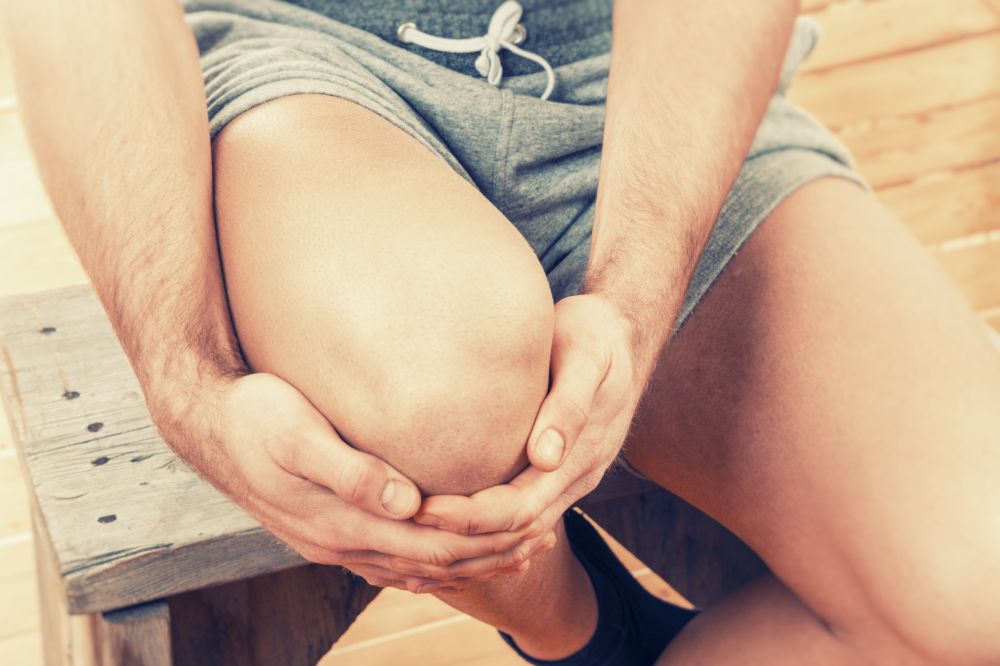Cycling is hard work, which means that sometimes, it’s going to make your body hurt. While a certain amount of pain or soreness is expected and normal, it can also indicate the presence of an injury. How do you know which is which? Distinguishing between good pain and bad pain isn’t always easy, but following these guidelines can help you make sense of the two to prevent injuries.
What is good pain?
The term “good pain” sounds like an oxymoron, but it’s important to remember that in this case, it doesn’t truly refer to pain, but rather the soreness and fatigue brought on by exercise. That burning feeling you get in your legs near the end of a hard ride can be classified as good pain, as can the DOMS (delayed-onset muscle soreness) you might feel the day or two after a tough workout.
Under-slept athletes are 70 per cent more likely to develop an injury
There are two main characteristics of good pain that tell you it’s not a problem: duration and symmetry. Good pain should resolve itself either as soon as you stop the activity, or, in the case of DOMS, within two or three days after your workout. Soreness that lasts longer than that indicates that you may have done too much, or the workout was beyond your current fitness level. Good pain should also be felt on both sides of the body. After a hard ride, you should feel equally as tired in your left leg as your right, for example.
Good pain also shouldn’t restrict your ability to go about your daily tasks to an extreme degree. Yes, walking down stairs might be tough after a long ride or race, but if you’re completely unable function, you’ve done too much.
When good goes bad
Recognizing when pain is becoming problematic is an important step in preventing an injury from getting worse, or materializing in the first place. If you’re not sure if the pain you’re feeling is something you should be worried about, ask yourself these questions:
Where is the pain? Pain or discomfort on only one side of the body, for example, is an indication that something’s not right. You could have a muscle imbalance or strength discrepancy from one side to the other that could lead to an injury. You may want to look at how you’re sitting on your bike. It’s possible that you have a tightness in one side, which creates a functional leg-length discrepancy. If this is the case, it’s worth talking to a physiotherapist or sports doctor who works with cyclists to figure out what’s going on before it…
Click Here to Read the Full Original Article at Canadian Cycling Magazine…

